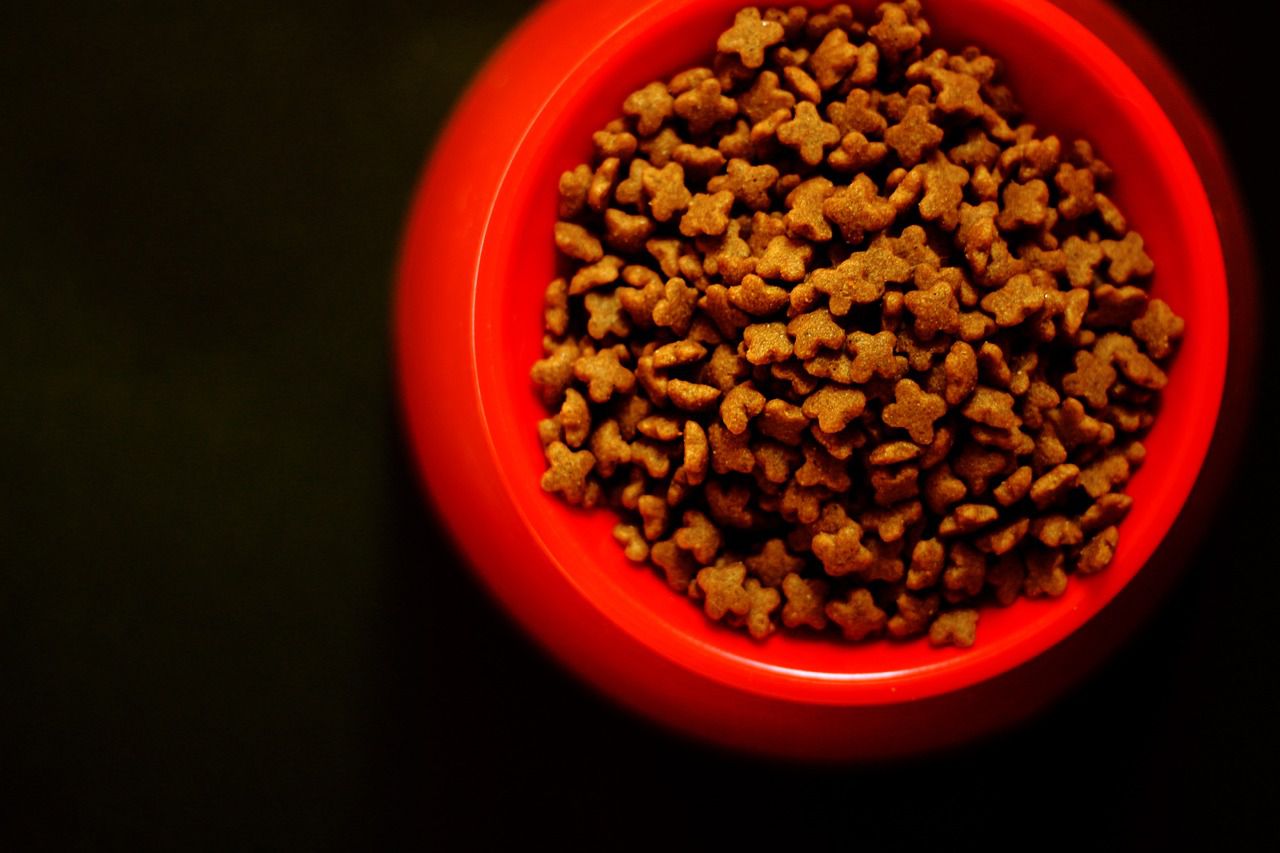If you have a cat and a dog, then you probably see them stealing each other's food regularly.
Most dog treats aren't suitable for cats simply because they're too big or tough for them, so it's better not to allow your cat to eat them.
Let's find out more about why they can be bad for your pet.
Nutritional Differences
Cats and dogs have distinct dietary requirements. Cats are obligate carnivores, meaning they primarily need meat in their diet.
They require specific nutrients that are not as essential for dogs, such as taurine.

Dog treats are formulated to meet the nutritional needs of dogs, which differ from those of cats.
Using dog treats as a regular part of a cat's diet can result in nutritional deficiencies.
Protein Levels
Cats require a higher protein intake than dogs.
Dog treats typically contain protein sources that may not provide the adequate protein levels that cats need to thrive.
Taurine
Taurine is an amino acid that is vital for cats but not as crucial for dogs.
Many cat treats include added taurine to ensure that cats receive an adequate amount.
Dog treats generally lack sufficient taurine for feline health.
Size and Texture
Dog treats are often larger and harder than cat treats. Cats have smaller mouths and may struggle to chew or break down these treats.
In some cases, cats might even swallow dog treats whole, which could lead to choking or digestive issues.
Digestibility
Cats and dogs have different digestive systems.
Some ingredients in dog treats might not be as easily digested by cats and can lead to digestive discomfort or issues.
Conclusion
While an occasional nibble of a dog treat may not harm your cat, it's crucial to prioritize cat-specific treats and foods to meet their unique dietary needs.
Feeding your cat dog treats regularly or exclusively could have adverse effects on their health.
Always consult your veterinarian if you have concerns about your cat's diet or specific dietary requirements.








